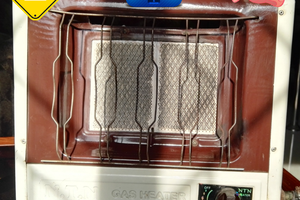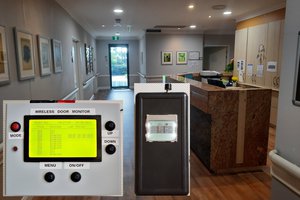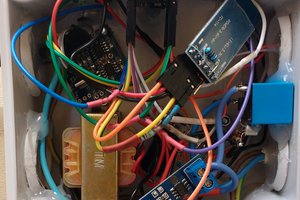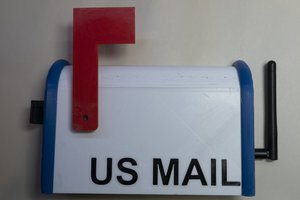Background:
For my EV, I have two chargers. One, by Blink, was installed many years ago.
It's network connected and can report charging status via a link to the manufacturer's service. To be able to charge when the Blink charger is, well, on-the-blink, I got another charger. This one does not have anything beyond status lights on the device itself. It's useful to know when charging starts and when charging ends. I decided to build a sensor based upon a remote (clamp on) current transformer.
Implementation:
I originally planned to implement the management and control with one of the more recent Raspberry PI's, having had good luck on previous projects, and the flexibility it offers for remote access and management. As luck would have it, parts were few and far between because of supply chain issues.
A bit more investigation for what was available led me to the selected product: Adafruit ESP32 Feather V2. It's an impressive piece of integration, providing plenty of capacity and capability for this application, including adequate analog inputs plus WiFi connectivity, and easy to add local display.
As many things Arduino, this project benefits from significant efforts by others.
In the Arduino development environment, I leveraged a couple of libraries: one for setting and managing the system clock (time of day, using NTP), and another for sending email via SMTP. I also decided to implement this system with two ports/sensors, so I could use it to monitor both the older Blink charger and the new charger, regardless of which one was being used.
A word of caution: although this project uses clamp on current transformers, the installation of these is inside an electrical panel. Consulting a licensed professional electrician is strongly advised.

 Asad Zia
Asad Zia
 hayden
hayden

 Kevin Kessler
Kevin Kessler